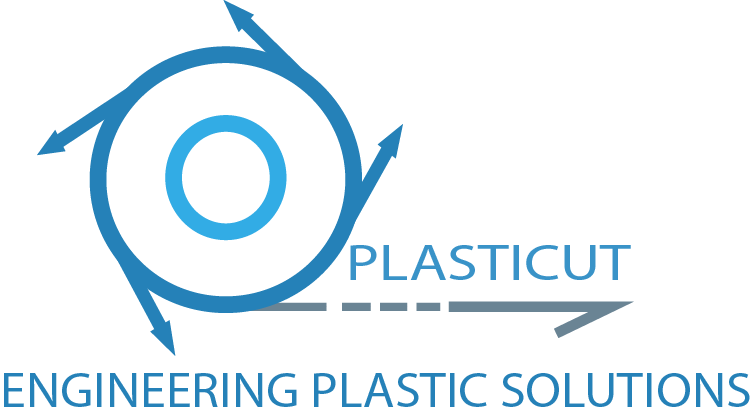Thermoplastics are a very large group of plastic materials that are separated into two primary groups according to their use – commodity plastics and engineering plastics. These plastics are composed of long chain molecules called polymers, which maintain their connections through intermolecular forces. When sufficient heat is applied, the forces keeping the polymer molecules together weaken, resulting in melting. This particular property makes thermoplastics useful for plastic moulding machines as they can be heated until molten and immediately injected into aluminium or steel moulds at high pressures.
In this post, we will be looking at the differences between commodity and engineering plastics, particularly their applications.
Commodity Plastics
Commodity plastic has a wide variety of uses in the mass production of objects and products that are designed to be single use – common examples include packaging film, bottles, bags sneeze guards or plastic guards and cutlery. Aside from single use plastic, commodity plastics are used across other mass produced items, including children’s toys and electronic product casings. The plastics used in these products are more cost-effective than other alternative plastics. They are also chosen when a plastic’s specific mechanical properties do not have a negative impact on the performance or functions of the product in question.
Commodity Plastic Applications
There are many different types of commodity plastics – each with endless applications. Acrylonitrile Butadiene Styrene (ABS) is used in plastic casings for electronic items and children’s toys. Ethylene-vinyl Acetate (EVA) is used in the plastic manufacture of buoyancy aids for swimming and for flip-flop soles. High Density Polyethylene (HDPE) is a polymer used in the manufacturing of fuel tanks, water pipes and bottle tops. Low Density Polyethylene (LDPE) is another type of commodity plastic, used for manufacturing products such as resealable bags and packaging foam.
Polyethylene (PE) is a very common type of commodity plastic used in packaging film and plastic bags. Polymethyl Methacrylate (PMMA) – also known as Acrylic or Plexiglass – is a very useful commodity plastic, having applications in outdoor signage, lenses and skylights. Polypropylene (PP) is used for producing chairs, as well as in the production of luggage and sterile bottles. Lastly, Polystyrene (PS) is a commodity polymer used in the plastic machining of expanded foam packaging, CD cases and yoghurt pots.
Engineering Plastics
Engineering plastics are different to commodity plastics in that they are designed to withstand mechanical and environmental conditions that commodity plastics are not made to deal with. While there are many applications of engineering plastics, they are not mass produced in a comparable level to commodity plastic. They are typically made in smaller quantities to meet a businesses specific goal or outcome.
Engineering plastics have favourable characteristics, including high mechanical strength, heat resistance, chemical stability and self-lubrication – qualities that are highly sought-after by different industries. These distinctive properties have resulted in the replacement of traditional materials like metals and wood. Often engineering plastics are combined with materials such as glass fibres to increase their beneficial properties even further.
Engineering Plastic Applications
Polyamide (Nylon) is a versatile engineering plastic that is available in different ‘grades’ and applied accordingly – PA 6 and PA 66 are used in parts required for large repetition work. PA 6 G has enhanced strength and resistance to wear, while maintaining a low weight for improved balance and reduction of vibration.
Polytetrafluoroethylene (commonly known as PTFE and ‘Teflon’) is used in applications requiring electrical insulation, chemical resistance and low friction. Polybutylene Terephthalate (PBT) has high strength, rigidity, thermal deformation resistance and very high dimensional stability – making it commonly used in connector strips, valve parts, pump housing and household part applications. Polyetheretherketone (PEEK) is used to fabricate bearings, pumps, compressor plate values and cable insulation for use in demanding applications. Polyethylene Terephthalate (PET) is a polyester with high strength, rigidity, density and is resistant to moisture absorption. PET is available as an amorphous or semi crystalline thermoplastic and is used in the electronics, automotive, medical, mechanical and food industries.
Commodity and engineering plastics together serve a significant number of modern requirements. Commodity plastics are polymers that have endless uses, particularly in households and single use applications. When a company requires polymer with specific mechanical features and functions, choosing the appropriate engineering plastic is critical to ensure longevity and meet appropriate safety standards.
Plasticut specialises in Lexan cut to size, acrylic cut to size, perspex cut to size and custom plastic fabrications.

